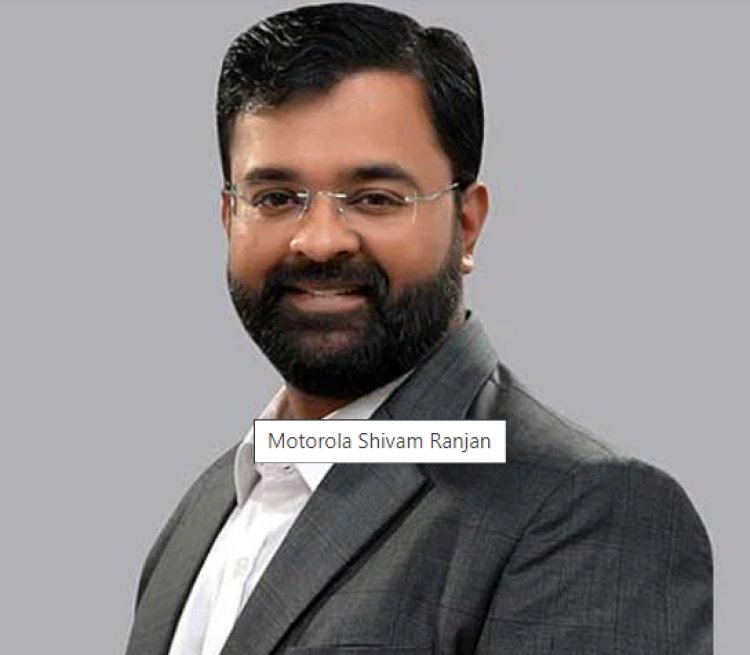Motorola's media strategy stays digital-centric, affirms Shivam Ranjan
Shivam Ranjan, Motorola's Head of Marketing - APAC, asserts digital dominance in media planning, exceeding 50%. He discusses the smartphone brand's marketing perspective, quarterly growth, and more insights.

Shivam Ranjan, Head of Marketing - APAC at Motorola, affirms that digital will persist as the primary driver in the brand's media plan, constituting over 50% of the mix. The growth trajectory in Europe, the Middle East, and Africa reflects double-digit expansion, resulting in increased profitability. Within the APAC region, a remarkable 41% year-over-year market growth has been achieved compared to 2022.
Despite a 14% market decline in Q1 in India, Motorola has not only maintained a premium growth rate but has doubled its premium portfolio and expanded the 5G portfolio by 8X compared to 2022. The commitment to sustained double-digit growth remains, with a focus on capturing market shares from competitors.
Motorola's media strategy revolves around digital dominance, with a flexible mix depending on product strategy. Premium products lean towards retail, while mid to mass-segment products prioritize digital platforms. Even traditional ATL investments, such as out-of-home, emphasize digital components. Collaborations extend to offline channels like cinemas and television networks for increased reach.
The brand's overarching marketing outlook emphasizes ROI-centricity and measurability. The focus is on metrics beyond awareness, considering purchase intent and impact on online searches. Collaboration with e-commerce platforms like Flipkart and Amazon involves tailored strategies based on each platform's unique metrics to drive conversions.
Hyperlocal marketing initiatives involve a blend of global and local creatives, leveraging retail investments for tangible consumer experiences. Motorola aims to establish partnerships with key modern trade brands, utilizing multi-brand outlets to showcase products with visible demos and drive consideration and purchase intent. Specific communication within societies targets retail footfall, emphasizing individual store actions over generic promotions.

 Sumit Rawat
Sumit Rawat 










